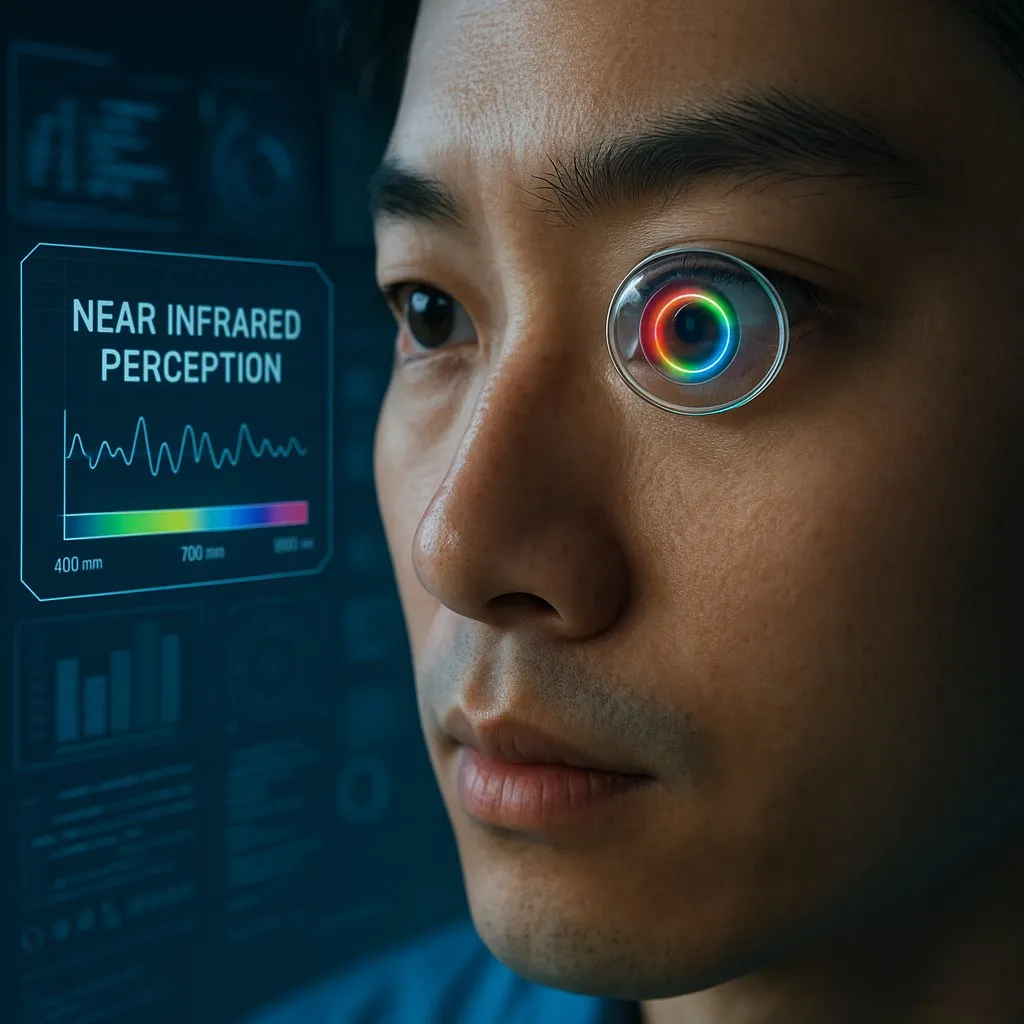In the quest for advanced infrared detection technologies, researchers have been pushing the boundaries of what’s possible with narrow bandgap semiconductors. A recent study led by Jong Hun Moon from the Department of Materials Science and Engineering at Yonsei University in Seoul, South Korea, delves into the challenges and opportunities of scalable fabrication of mid-wavelength infrared (MWIR) and long-wavelength infrared (LWIR) photodetectors. Published in the International Journal of Extreme Manufacturing, which translates to the Journal of Extreme Manufacturing in English, this research could have significant implications for various industries, including energy.
Infrared detectors operating within the 3–14 μm wavelength range are crucial for applications in military, space exploration, environmental monitoring, biomedicine, and chemical analysis. While thermal detectors are commonly used, their limitations in sensitivity and response time make them less suitable for next-generation applications. Narrow bandgap semiconductor-based photodetectors offer a promising alternative, providing tunable optoelectronic properties and higher specific detectivity.
Moon and his team focus on the scalable fabrication of MWIR and LWIR photodetectors, emphasizing devices with active areas ranging from millimeters to centimeters. “The key challenge lies in achieving large-scale, uniform film synthesis and reducing the density of defect states during hybridization processes,” Moon explains. The research investigates various materials, including quantum dots, two-dimensional (2D) van der Waals (vdW) materials, and three-dimensional (3D) bulk semiconductors.
The potential commercial impacts of this research are substantial. In the energy sector, advanced infrared detectors can enhance monitoring and control systems, improving efficiency and safety. For instance, these detectors can be used in thermal imaging for power plants, enabling real-time monitoring of equipment and early detection of potential failures. Additionally, they can play a crucial role in renewable energy applications, such as solar panel performance monitoring and infrared spectroscopy for chemical analysis in energy storage systems.
Despite the progress, several challenges remain. “The requirement for cryogenic device operation and the difficulty in large-scale uniform film synthesis are significant hurdles,” Moon acknowledges. Addressing these obstacles is essential for the commercialization of MWIR and LWIR photodetectors based on narrow bandgap semiconductors.
As the field continues to evolve, this research paves the way for designing new sensory systems and applications in a wavelength regime that has been less developed compared to the visible and near-infrared (NIR) ranges. By overcoming the current challenges, the energy sector could see significant advancements in monitoring, control, and safety systems, ultimately leading to more efficient and reliable energy production and distribution.

